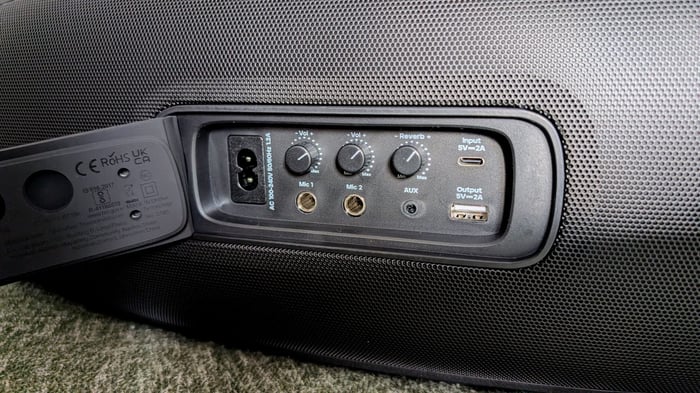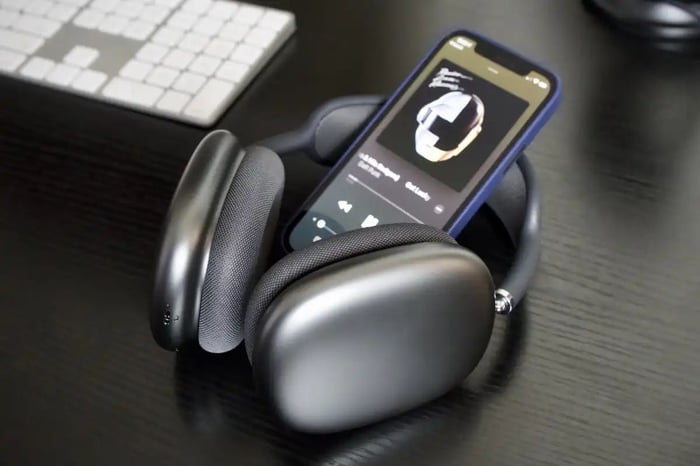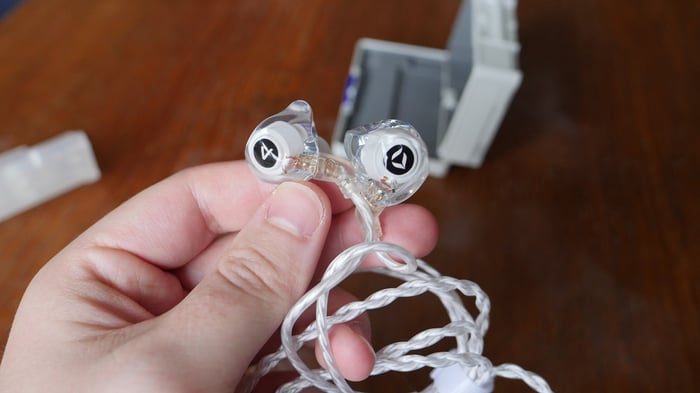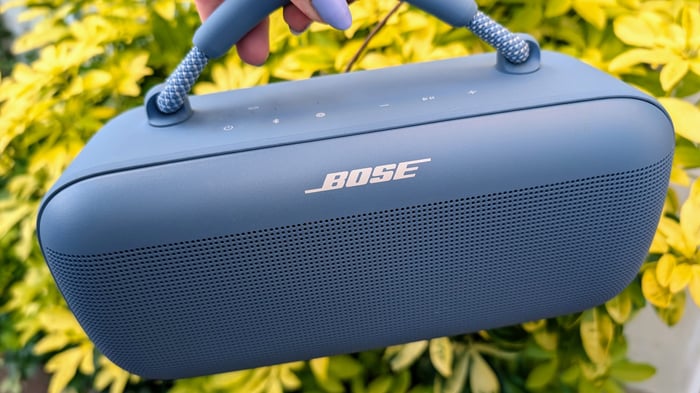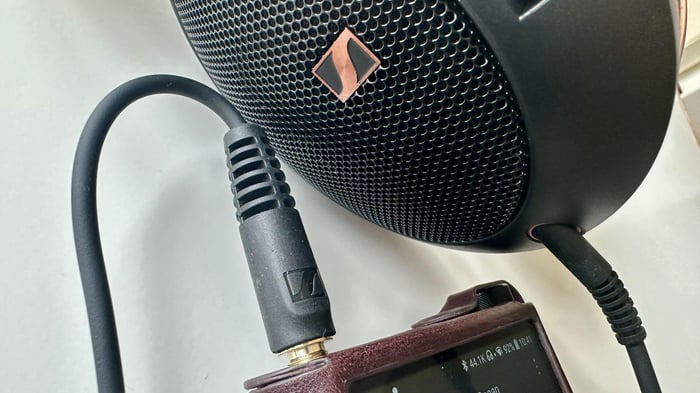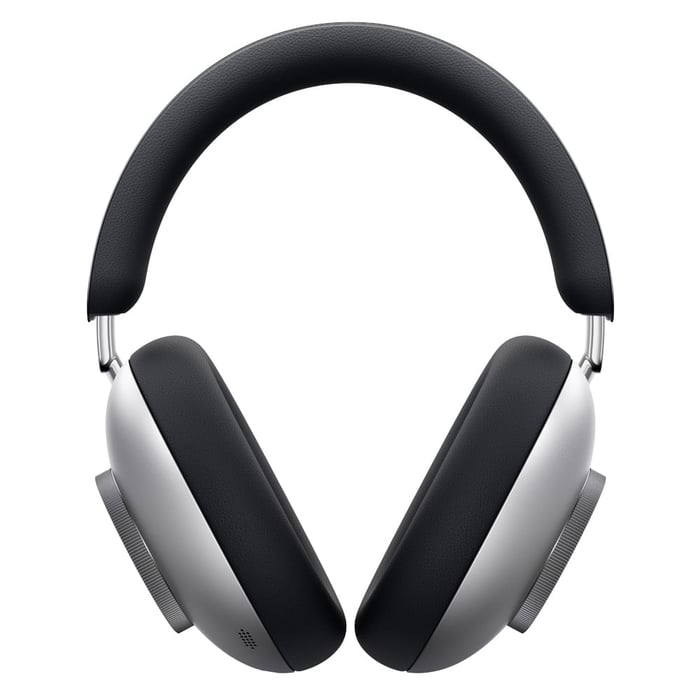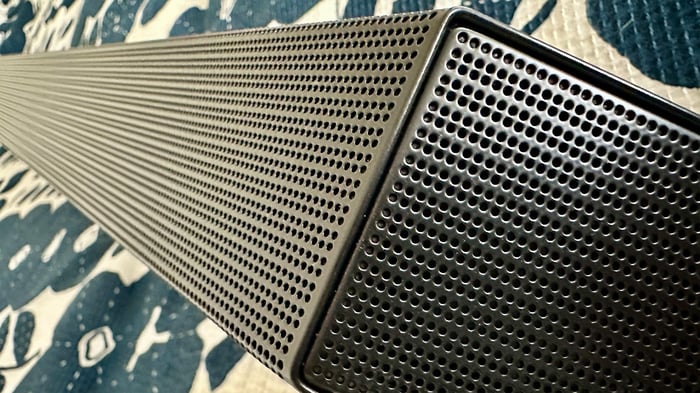
Samsung HW-Q800D Review: Dolby Atmos Soundbar for Immersive Audio Experience
Samsung HW-Q800D Review: Dolby Atmos Soundbar for Immersive Audio Experience
Elevate your home audio with the Samsung HW-Q800D soundbar featuring Dolby Atmos for rich, immersive sound.
We all know the feeling: you get a shiny new TV with stunning visuals, but the sound? Meh, it just doesn’t match up. It’s like the manufacturers acknowledge their shortcomings in audio and aim to fix it with soundbars. Samsung is no exception here. Enter the Samsung HW-Q800D soundbar, a soundbar that promises Dolby Atmos spatial audio and a wireless subwoofer at a pretty attractive price point. But does it deliver the goods? And is it truly a fresh take or just a slight tweak of its predecessor?
Pricing and Availability: What’s the Damage?
The Samsung HW-Q800D soundbar with a wireless subwoofer is already on the market, priced at around $799. For anyone wanting to upgrade their home theater, this puts it in the mid-to-upper range—not cheap, but competitive given the feature set.
What’s New with the Samsung HW-Q800D?
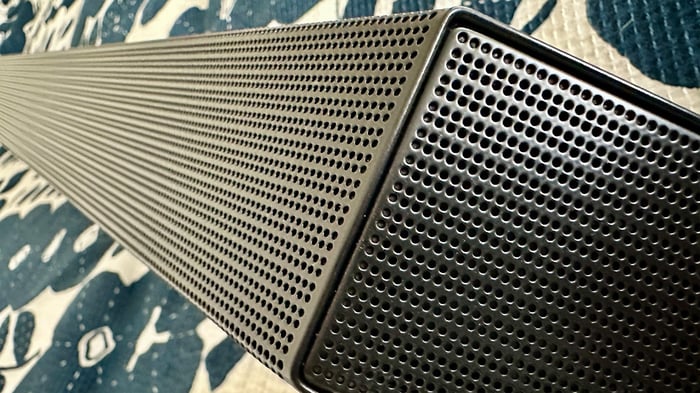
If you’re familiar with the HW-Q800C, the previous model, the HW-Q800D looks like a close cousin rather than a radical upgrade. The main differences? It sports Bluetooth 5.2 and supports universal Chromecast rather than just regional, which is nice but not earth-shattering.
For those new to the model, the HW-Q800D is a 5.1.2-channel soundbar compatible with Dolby Atmos and DTS:X. That's right, it decodes immersive 3D audio for that truly enveloping sound experience. It comes bundled with a wireless subwoofer.
The soundbar itself packs 10 drivers, including upward-firing and side-firing speakers alongside front-facing ones, to create an immersive sound field. Meanwhile, the subwoofer handles the deep, powerful bass. Samsung doesn’t spill details about the wattage or materials of these 11 drivers, but as any audiophile knows—it’s not just about size or wattage; it’s how you use them.
If you own a compatible Samsung TV, the Q-Symphony feature lets the TV's speakers work in harmony with the soundbar instead of shutting off, making this a particularly smart choice for Samsung fans.
Connectivity-wise, it offers a couple of HDMI ports (one with eARC support), allowing 4K@60Hz pass-through. However, the lack of full HDMI 2.1 might disappoint those hoping for 4K@120Hz support from all sources.
For older TVs, there’s a digital optical input. Wireless connections run via Bluetooth 5.2 supporting SBC and AAC codecs, and built-in Wi-Fi gives you Apple AirPlay, Chromecast, and Spotify Connect. You can also connect the soundbar wirelessly to your TV, but beware—the audio delay can be a noticeable drawback.
Sound Quality: Where the HW-Q800D Shines and Stumbles
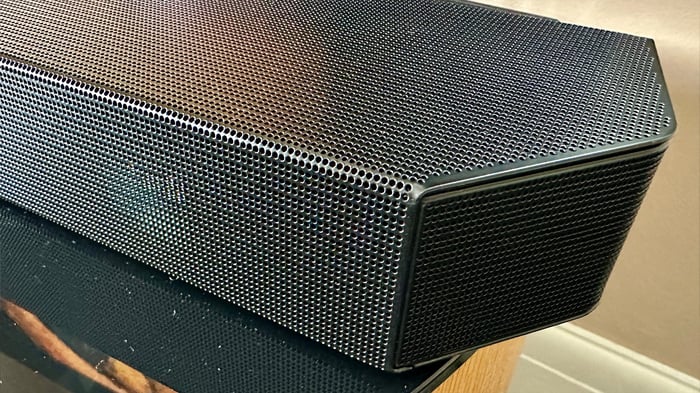
It’s no surprise that most Dolby Atmos soundbars come alive when fed Dolby Atmos soundtracks—and the Samsung HW-Q800D is no exception.
Playing native Dolby Atmos content via HDMI, this soundbar produces a spacious, directional soundstage. If you dial in the subwoofer just right, the bass hits impressively hard. The soundscape boasts noticeable height and width, with crisp movement and directionality. It’s also surprisingly cohesive—something not all budget-friendly multichannel soundbars manage.
The frequency response feels well balanced, from highs to lows. The subwoofer confidently controls the low end, marking the “start” and “stop” of bass notes clearly while delivering detailed texture and tone. Unlike some subs that just drone along, this one genuinely pulls its weight.
Midrange frequencies sound great too, loaded with detail. Dialogues—so crucial for movies—are clear and get enough breathing room even when the soundscape gets busy. The dynamic range is more than adequate.
Even as volumes rise, the midrange stays focused and intelligible, so speech clarity never suffers.
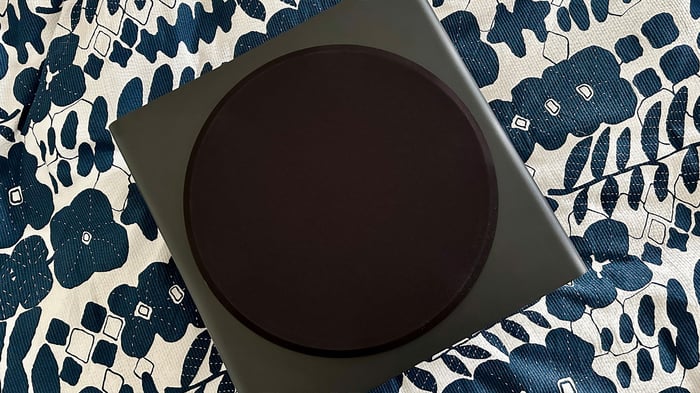
The one area where the HW-Q800D falters is in the upper frequency range. The highs tend to sound thin and a bit harsh, lacking the solidity found elsewhere in the spectrum. Turn up the volume, and those upper notes can quickly become piercing, making prolonged listening uncomfortable. It’s almost like the treble belongs to a completely different soundbar tone-wise. While the transition to midrange is smooth, the highs do seem to march to their own beat.
Listening to Dolby Atmos music reveals a similar pattern: open and detailed with solid bass and midrange, but the highs retain that sharp edge. Interestingly, music mixes in Atmos let the subwoofer shine even more than movie explosions—after all, the difference between a bass guitar and an airport blast is pretty vast!
When switching to standard multichannel or stereo tracks, the Samsung remains impressive. It keeps its detailed, focused sound and tight bass control, though the upper frequencies still feel a bit brittle and inflexible. So, whether you’re watching films or jamming to tunes, this soundbar performs almost ideally—save for those slightly edgy highs.
Design and Build: Looks that Match the Sound
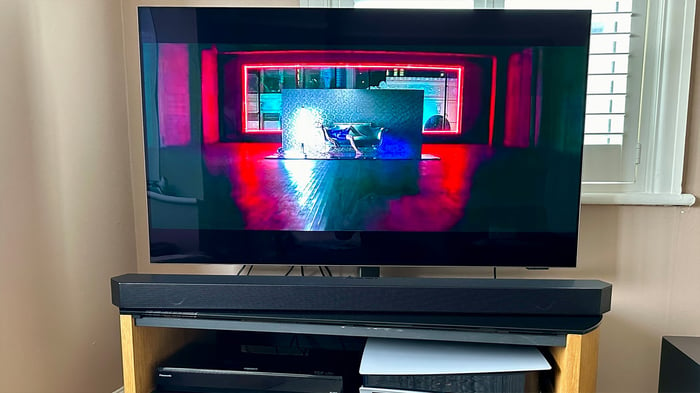
The Samsung HW-Q800D is a well-made, nicely finished product that visibly reflects its price. Measuring 59 x 1111 x 120 mm, it’s a fairly large soundbar, but it cleverly masks its size. Just keep in mind it will fit snugly under TVs smaller than around 55 inches.
The lower and rear parts of the casing use high-quality plastic, while the perforated metal grille across the front and top adds a premium touch and offers a peek at the drivers behind it.
The wireless subwoofer is finished with standard vinyl over MDF, as expected, but it’s sturdy nonetheless. While there are more compact wireless subs out there, this one (400 x 206 x 402 mm) only needs power and can be placed pretty much anywhere.
Controls: Simple but Smart
The top panel has a few physical buttons, but full control comes via the included small remote. Samsung’s SmartThings app also supports the soundbar, though it might ask for more info than some want to give. Voice control is onboard with Amazon Alexa, and Google Assistant becomes available through the app.
The only display is a tiny dot-matrix screen tucked in one corner of the front panel—small, fuzzy, and not especially informative unless you’re practically nose-to-screen.
Final Verdict: Worth the Investment?
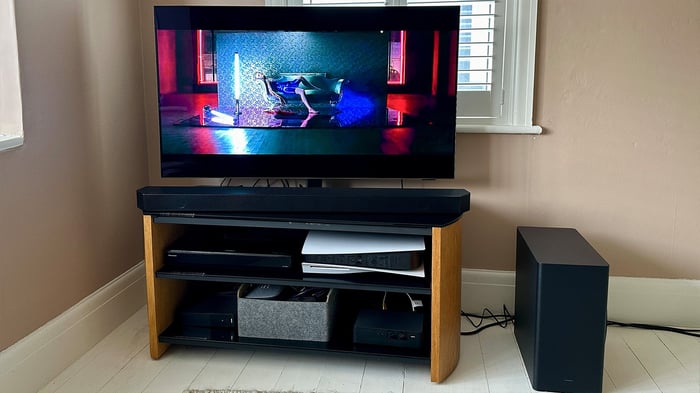
If you already own the Samsung HW-Q800C soundbar, there’s honestly little reason to jump to the HW-Q800D—if you can even call it an upgrade.
For first-time buyers looking for a soundbar with a wireless sub and Dolby Atmos, the Samsung HW-Q800D deserves a look—just be aware of its handling of high frequencies.
Pairing it with a Samsung TV is a winning combo thanks to Q-Symphony, but it sounds great with other brands too.
Alternatives to Consider
With the arrival of the Sonos Arc Ultra soundbar, the original Sonos Arc has become easier to find at a discount. Although it doesn’t come with a subwoofer, it remains one of the most balanced and convincing Dolby Atmos soundbars around.
If deep bass is critical, you might want to consider the HW-Q800C, essentially the same soundbar as the HW-Q800D but for less cash.
FAQ
- What audio formats does the Samsung HW-Q800D support? It supports Dolby Atmos and DTS:X, providing immersive 3D sound experiences.
- Can I connect the HW-Q800D wirelessly to my TV? Yes, via Bluetooth 5.2 or Wi-Fi, but wireless connections may introduce noticeable audio delay.
- Does the HW-Q800D work well with non-Samsung TVs? Absolutely, though Q-Symphony, which enhances audio, works only with compatible Samsung TVs.
- Is HDMI 2.1 supported on this soundbar? No, it has HDMI eARC but lacks full HDMI 2.1 support; so, 4K@120Hz pass-through isn’t available.
- How is the bass performance on the HW-Q800D? The wireless subwoofer delivers tight, detailed bass that clearly distinguishes note starts and stops.
Looking to decorate your listening space? Shop your favorite album cover posters and celebrate the music that moves you at our store. It’s a subtle way to keep the vibe alive!
 | DISCOUNTGET 30% OFF*Use code on your next order:
|
* This post may contain affiliate links, meaning we earn a commission if you make a purchase through these links, at no additional cost to you.



